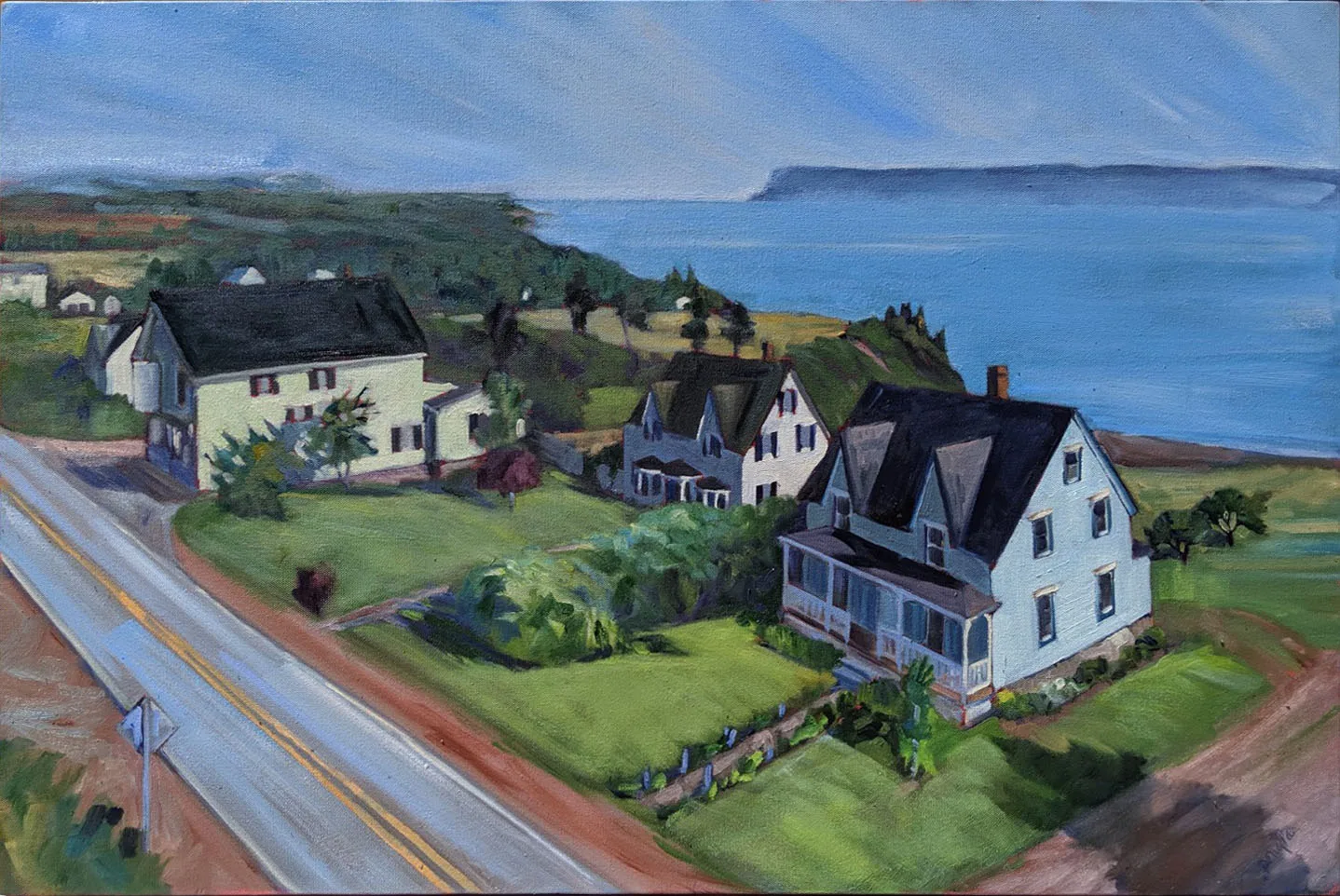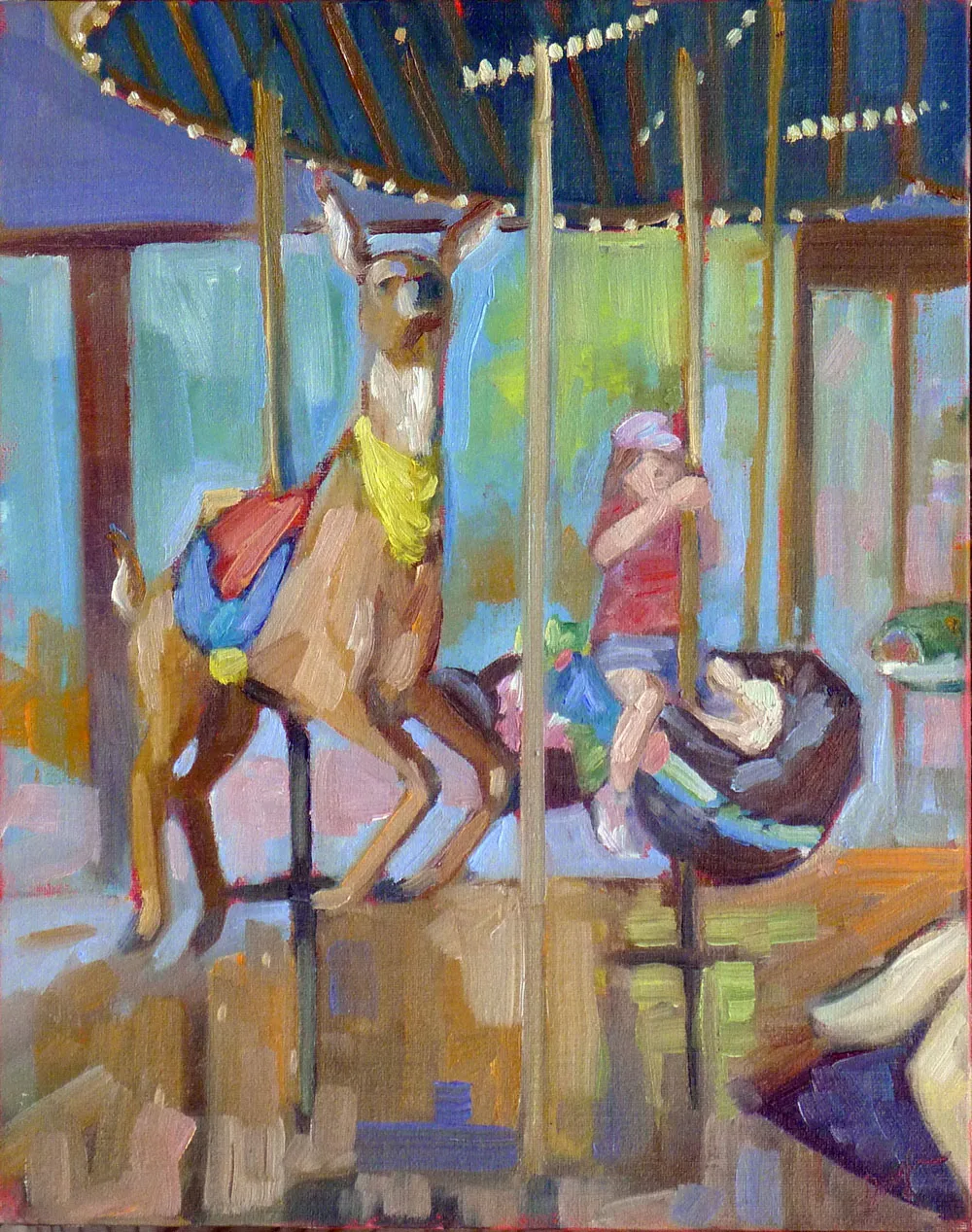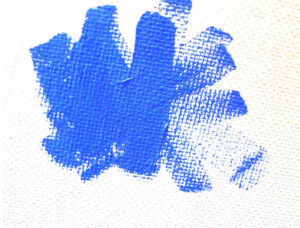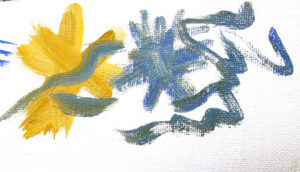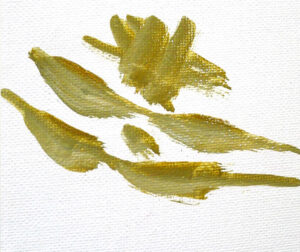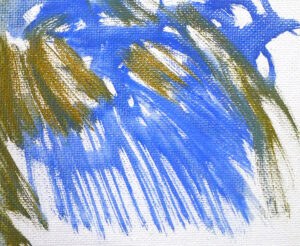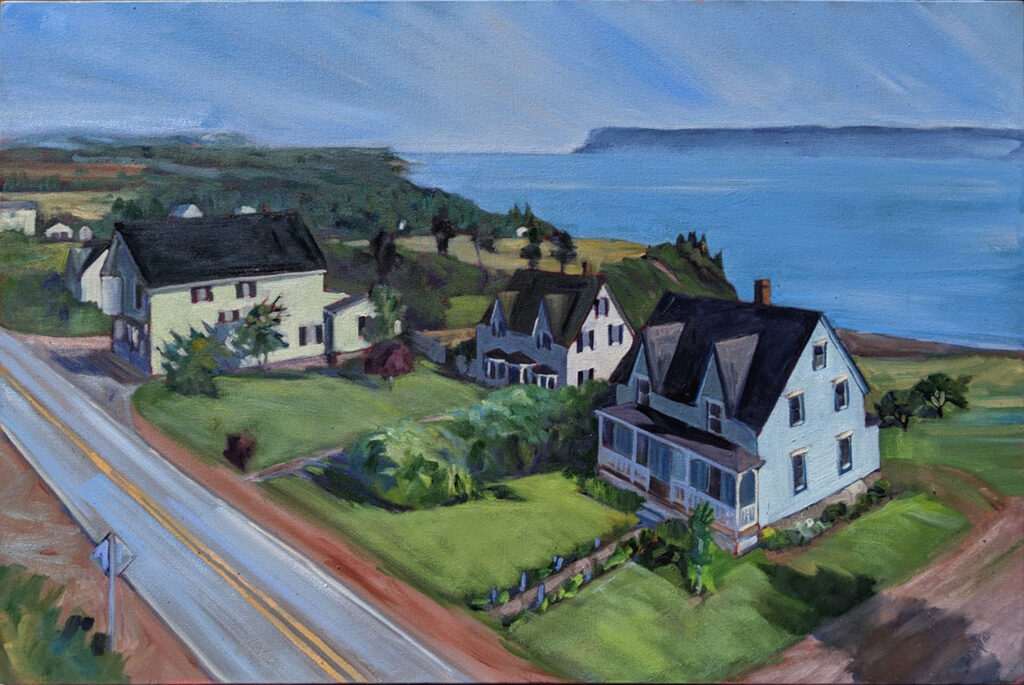
“Do you have a good source for the definition of plein air painting?” a reader asked. “Can the painting be finished in the studio? Can it span a couple days in execution?”
More useless pontification has been done on this subject than almost any other. I’ll start by pointing Tim to this essay by John Morra examining the nature of plein air painting. It stands alone, but let me add a few of my own thoughts.
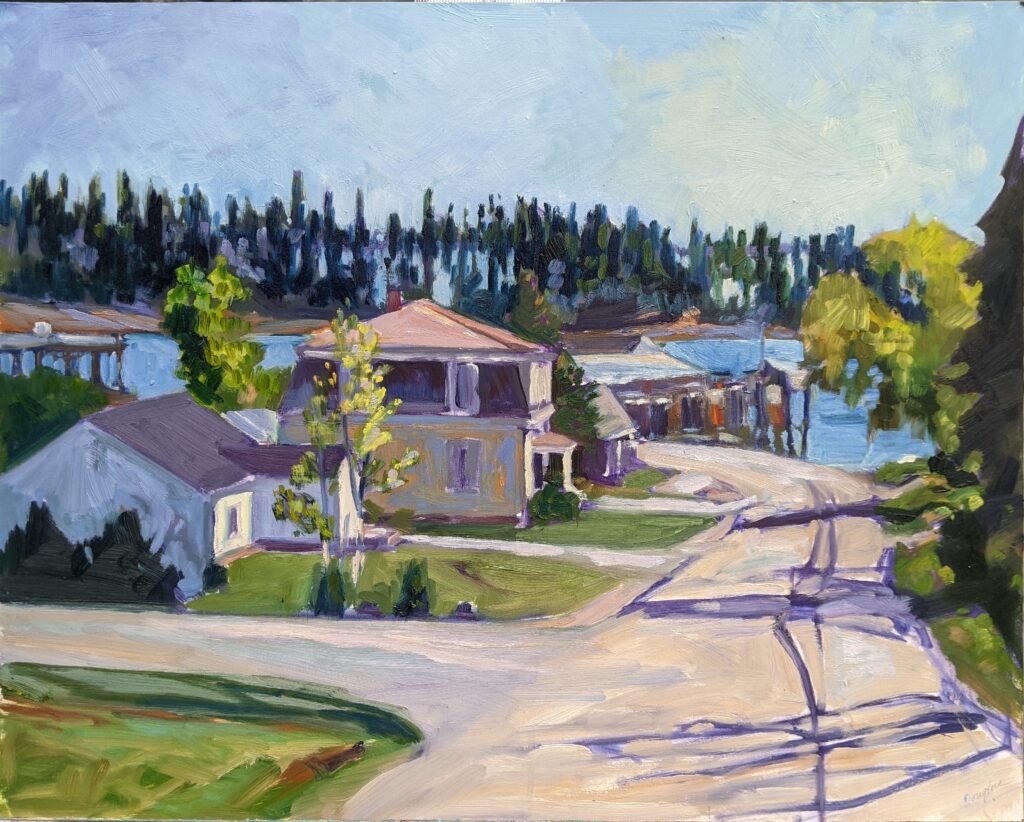
Many of us have been in a competitive plein air event and seen something passed off as outdoor painting that was clearly not painted from life. How do we know this? Because we were there. The atmospherics were wrong, that person was never in that spot, or—mirabile dictu—the oil paint has already set up hours after completion.
But mostly, we know because there’s a sort of studied perfection to a studio painting that is never there in plein air. A painting done on site is never quite as innovative as a studio landscape. Plein air can often seem labored or overworked because the artist is trying so hard. This is not necessarily a bad thing; it’s destructive when plein air events reward stylishness over content and design, as they so often do.
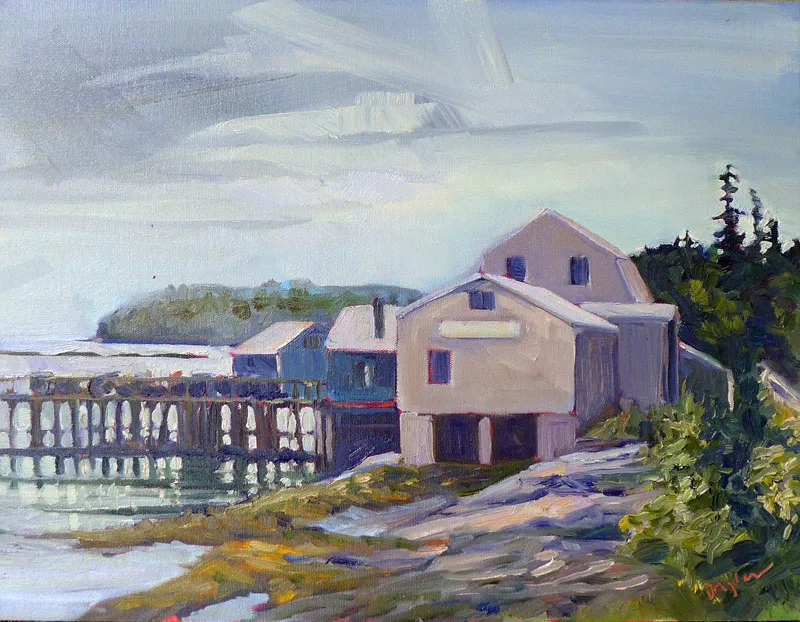
Plein air or alla prima?
Plein air means it was done outside. Alla prima means it was done ‘on the first strike’. Plein air is a description of where a painting was done; alla prima is a technique. There is no such thing as plein air style, nor is something that’s painterly more authentically plein air than something that’s linear. Can we all stop apologizing for liking realism?
Vincent Van Gogh is the personification of painterliness. Rackstraw Downes is the personification of linearity. They’re both also definitive plein air painters, even though their work looks nothing alike.
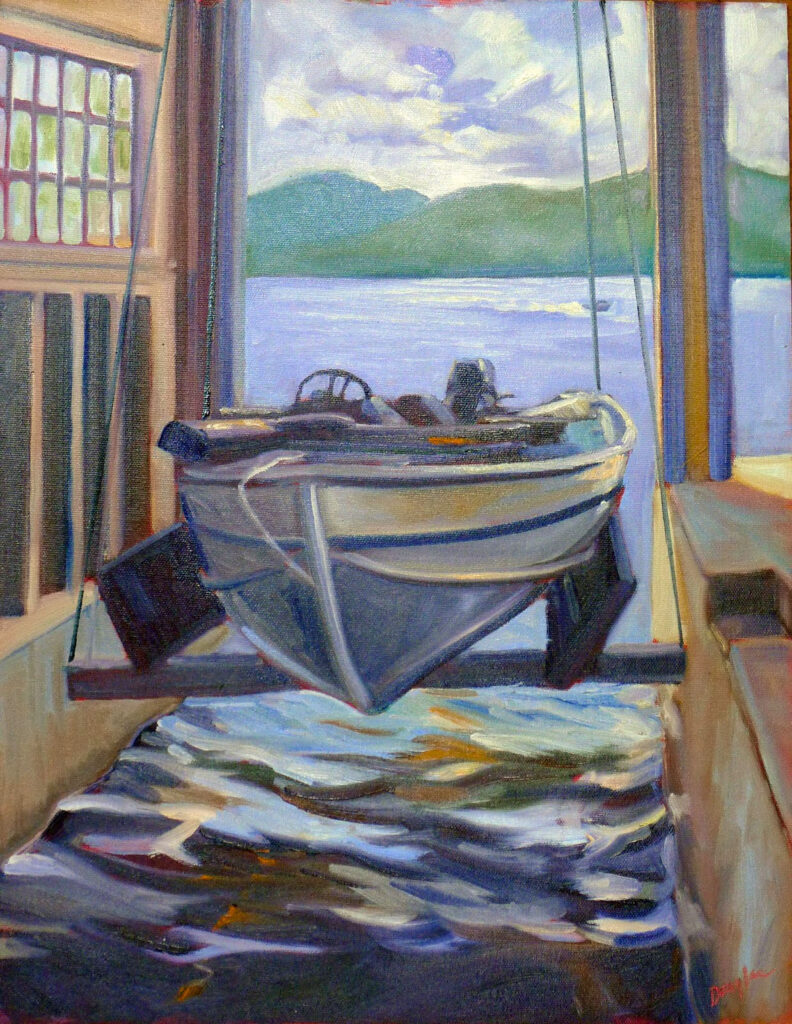
Can the painting be finished in the studio?
This is where the arbitrary rules of plein air events start to influence the actual practice of plein air painting. To say that a painting should be ‘substantially’ finished in the field is meaningless; to say it should be done 90% in the field is just as meaningless. What are they measuring? Time? The volume of paint? The area of the canvas?
I almost never finish plein air work in the studio. I invariably end up overpainting what I most loved about being outdoors. But I have friends who touch up their plein air paintings at events. If they feel that gives them a better result, more power to them. As my buddy Brad Marshall once mused, “The clients don’t care how much of it was painted outdoors; why should I?”
Sketch or painting?
Composition is one of the hardest skills in painting. The rules of composition are the same whether the piece is done in studio or in the field, and the smart plein air painter puts as much effort into the set-up of a plein air painting as he or she would for a studio piece. That’s different from the plein air sketch, which is about capturing an impression.
How long can I work on it before it stops being plein air?
“A plein air painting should be painted quickly,” Morra wrote. This is one point on which I disagree. Fast, expressive brushwork is the trope of our age, but it’s by no means the only way to paint.
I’ve done many events where we’re given two or three days to produce one work. Sometimes I paint two paintings, but more typically, I squander all my time on planning and just paint one. I inevitably like my work better than when I churn out fast sketch after fast sketch.
In fact, modern plein air painting is often so fast it sacrifices drawing. A badly drawn house or person is a rookie mistake. My own preference is for fast painting paired with meticulous drawing. Want a great contemporary example? Check out Canadian painter Marc Grandbois.
Reserve your spot now for a workshop in 2025:
- Advanced Plein Air Painting, Rockport, ME, July 7-11, 2025.
- Sea and Sky at Acadia National Park, August 3-8, 2025.
- Find Your Authentic Voice in Plein Air, Berkshires, MA, August 11-15, 2025.
- Immersive In-Person Fall Workshop, Rockport, ME, October 6-10, 2025.

